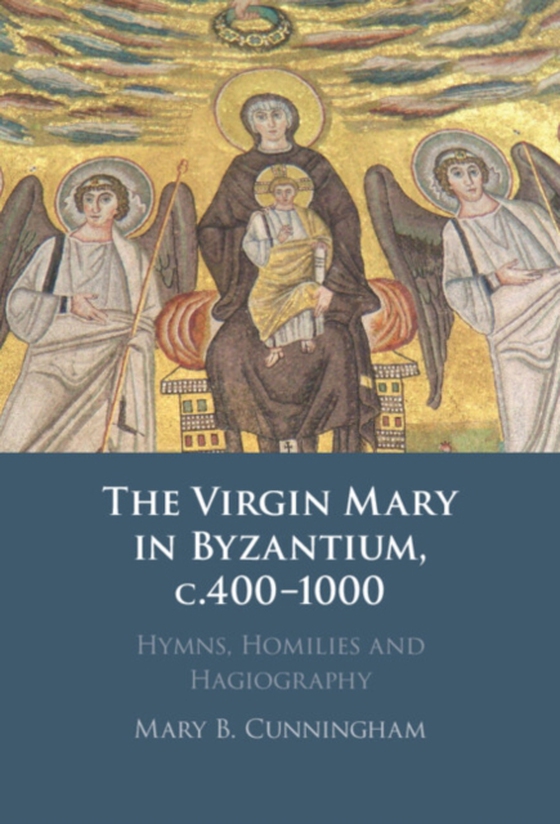
Virgin Mary in Byzantium, c.400-1000 e-bog
240,51 DKK
(ekskl. moms 192,41 DKK)
The Virgin Mary assumed a position of central importance in Byzantium. This major and authoritative study examines her portrayal in liturgical texts during the first six centuries of Byzantine history. Focusing on three main literary genres that celebrated this holy figure, it highlights the ways in which writers adapted their messages for different audiences. Mary is portrayed variously as def...
E-bog
240,51 DKK
Forlag
Cambridge University Press
Udgivet
31 august 2022
Genrer
HBLC
Sprog
English
Format
pdf
Beskyttelse
LCP
ISBN
9781009327220
The Virgin Mary assumed a position of central importance in Byzantium. This major and authoritative study examines her portrayal in liturgical texts during the first six centuries of Byzantine history. Focusing on three main literary genres that celebrated this holy figure, it highlights the ways in which writers adapted their messages for different audiences. Mary is portrayed variously as defender of the imperial city, Constantinople, virginal Mother of God, and ascetic disciple of Christ. Preachers, hymnographers, and hagiographers used rhetoric to enhance Mary's powerful status in Eastern Christian society, depicting her as virgin and mother, warrior and ascetic, human and semi-divine being. Their paradoxical statements were based on the fundamental mystery that Mary embodied: she was the mother of Christ, the Word of God, who provided him with the human nature that he assumed in his incarnation. This title is also available as Open Access on Cambridge Core.
 Dansk
Dansk

